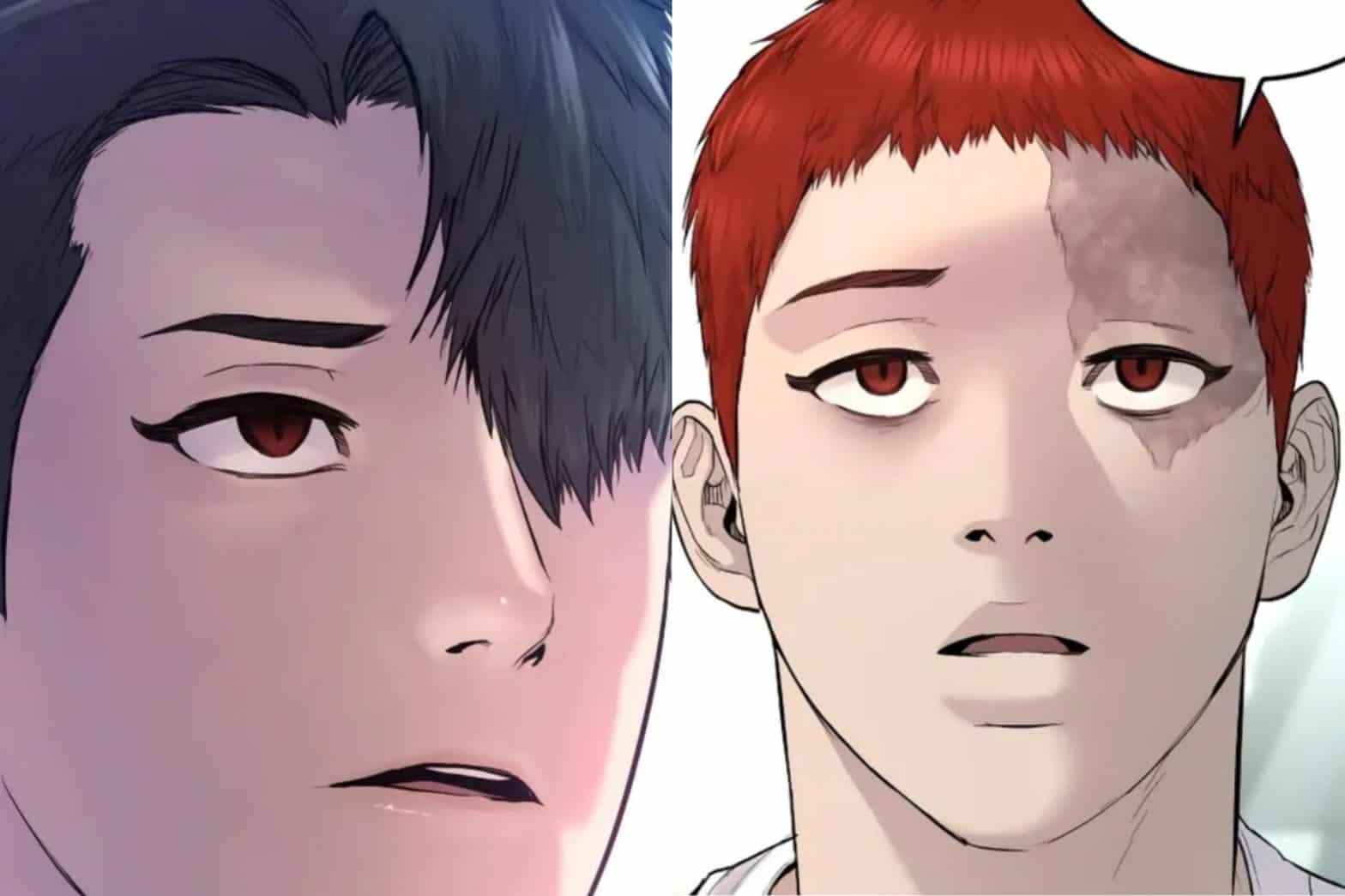Delve into the complexities of Juvenile Offender Chapter 40, a pivotal legislation that shapes the juvenile justice system. This comprehensive guide unravels the purpose, provisions, controversies, and impact of Chapter 40, providing a thorough understanding of its role in addressing juvenile delinquency.
Chapter 40 has significantly influenced the handling of juvenile offenses, sparking debates and raising questions about its effectiveness. Join us as we explore the nuances of this law, examining its provisions, criticisms, and real-world implications.
Criticisms and Controversies: Juvenile Offender Chapter 40

Chapter 40 has faced criticism for its harsh penalties and lack of rehabilitation programs. Critics argue that the law is too punitive and does not provide adequate support for juvenile offenders to turn their lives around.
Transfer of Juveniles to Adult Court, Juvenile offender chapter 40
One of the most controversial aspects of Chapter 40 is the provision that allows juveniles to be transferred to adult court. This practice has been criticized for exposing young people to a harsher and more dangerous environment, where they are more likely to be abused or neglected.
In some cases, the transfer of juveniles to adult court has led to tragic consequences. For example, in 2004, 15-year-old Derrick Smith was transferred to adult court and sentenced to life in prison without parole for a murder he committed when he was 14. Smith’s case sparked outrage and led to calls for reform of Chapter 40.
Wrap-Up

Juvenile Offender Chapter 40 remains a contentious yet essential component of the juvenile justice system. While it has been criticized for its perceived harshness, it also aims to hold young offenders accountable while providing opportunities for rehabilitation. Understanding Chapter 40 is crucial for anyone seeking to navigate the complexities of juvenile justice.
As we conclude our exploration, remember that Chapter 40 is a dynamic law that continues to evolve in response to societal changes and evolving perspectives on juvenile crime. Its impact will undoubtedly continue to be debated and shaped in the years to come.



Juvenile offender chapter 40, huh? That’s a heavy topic. But let me tell you about something else that’s equally thrilling: chainsaw man chapter 112 . It’s got action, gore, and a dash of dark humor. Now, back to juvenile offender chapter 40, I think we can all agree that it’s a complex issue that requires careful consideration.
Juvenile offender chapter 40 is a crucial chapter that explores the complexities of the juvenile justice system. It delves into the challenges faced by young offenders, the impact of their actions on society, and the role of rehabilitation. Like the heartwarming tale of Nyanta and Pomeko in chapter 12 , this chapter highlights the importance of compassion, understanding, and the transformative power of second chances.
Juvenile offender chapter 40 serves as a reminder that even those who have made mistakes can find redemption and rebuild their lives.
The Juvenile Offender Chapter 40 sheds light on the complexities of juvenile delinquency, exploring the factors that contribute to it and the challenges faced by young offenders. For a different perspective on the theme of facing life’s obstacles, Shangri-La Frontier Chapter 110 follows the protagonist’s journey as he navigates the complexities of a fantastical world.
Returning to Juvenile Offender Chapter 40, the chapter emphasizes the importance of understanding the root causes of juvenile crime and implementing effective rehabilitation programs to help young offenders break the cycle of recidivism.